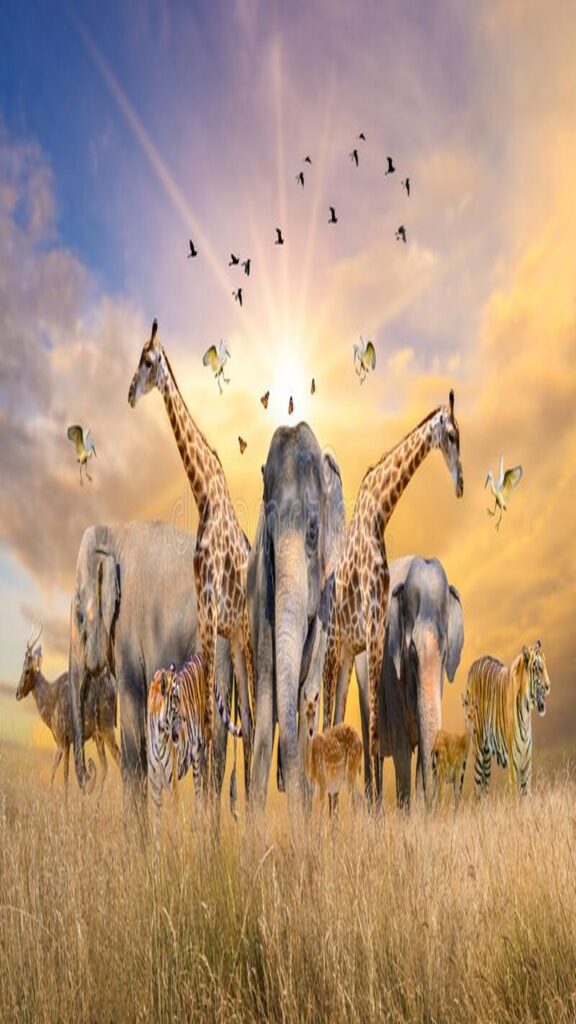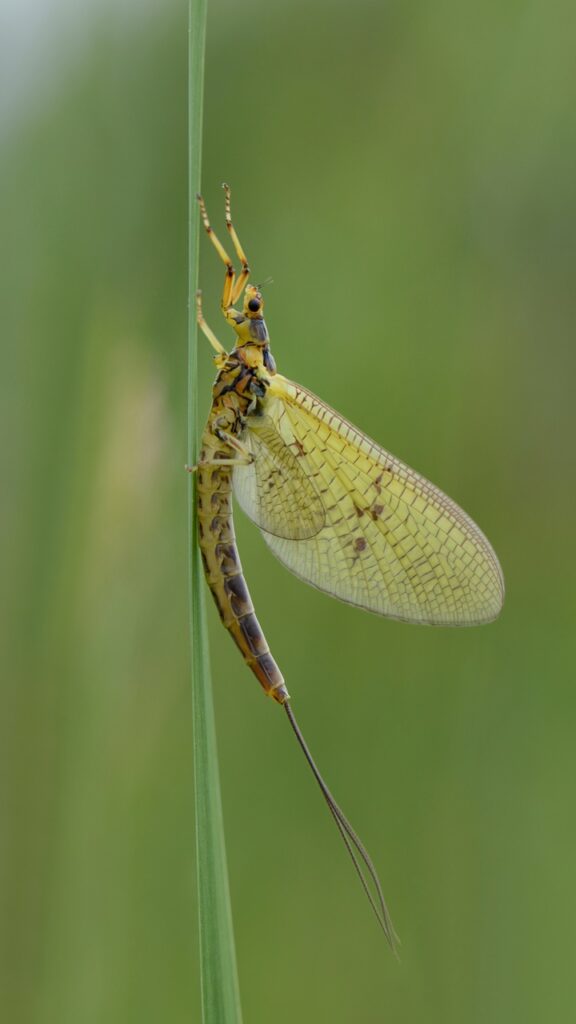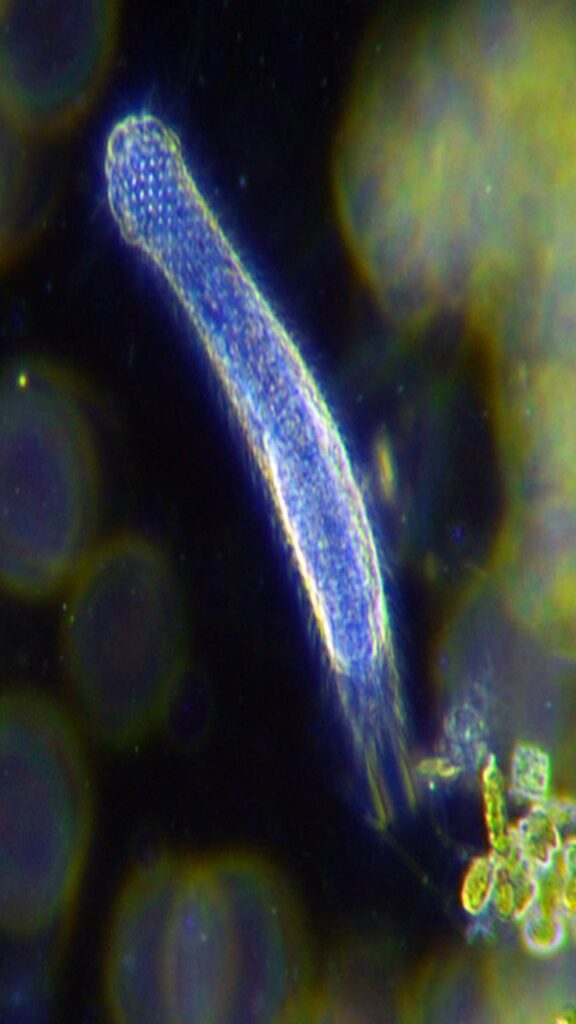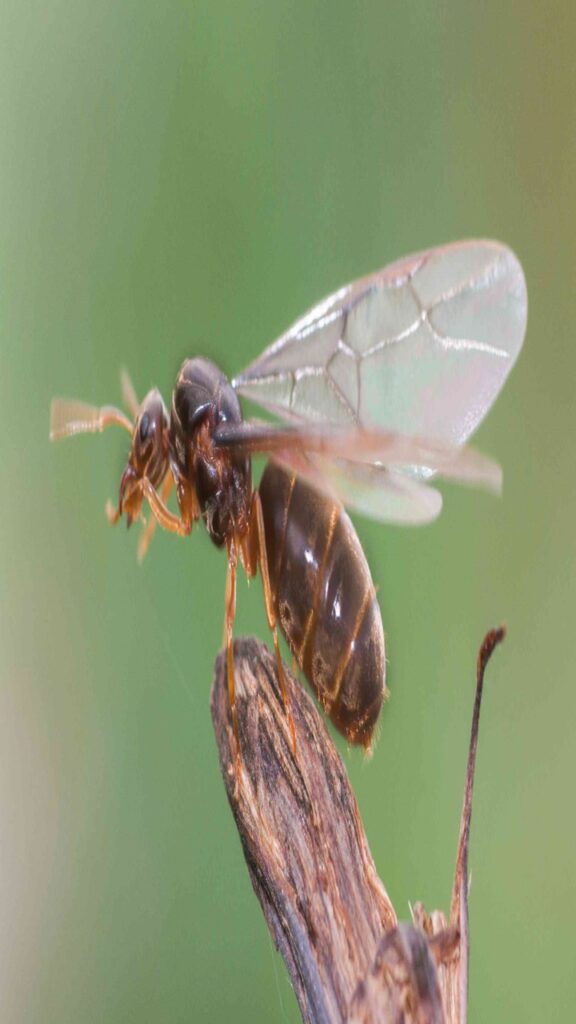Nature is full of fascinating and diverse creatures, each with its own unique lifespan. While some animals, like tortoises and whales, are known for their long lives, others have much shorter lifespans.
In this article, we explore the top 9 animals with the shortest lifespans. From insects that live for only a few hours to fish that complete their life cycle in a year, these creatures demonstrate the incredible diversity and adaptability of life on Earth. Join us as we delve into the lives of these fleeting animals and uncover the reasons behind their brief existence.

What animals live the shortest lives?
In the vast and intricate tapestry of life on Earth, some creatures live for only a fleeting moment. These animals, despite their brief lifespans, contribute significantly to their ecosystems and showcase the resilience and adaptability of life. In this article, we explore the top 9 animals with the shortest lifespans.
From insects that exist for mere hours to fish that complete their lifecycle in a single year, these animals demonstrate that even the shortest lives can be packed with purpose and wonder. Join us on a journey through the world of these ephemeral creatures and learn about the fascinating ways they navigate their brief time on this planet.
Animals with the shortest lifespan
Nature is full of incredible diversity, and the lifespans of various animals are a testament to this. While some creatures enjoy long, leisurely lives, others experience life at a much faster pace. Here are the top 9 animals with the shortest lifespans:
1. Mayfly – Renowned for their exceptionally short adult lifespan. These delicate insects spend most of their lives as nymphs in water, sometimes for up to a year. Upon emerging as adults, they have no functioning mouthparts and live for just a single day, during which they mate and lay eggs. Their brief adult phase ensures that their primary function—reproduction—is efficiently achieved.
- Lifespan: 24 hours

2. Gastrotrich – Tiny, aquatic animals that inhabit the spaces between sediment particles. Despite their microscopic size, they play a crucial role in the decomposition process and nutrient cycling in aquatic ecosystems. Their lifecycle is rapid, with some species completing it in as little as three days, allowing them to quickly adapt to changing environmental conditions.
- Lifespan: 3 days

3. Housefly – The common housefly is a ubiquitous presence around the world. Its lifecycle from egg to adult spans approximately a month. Houseflies lay hundreds of eggs, which hatch into larvae within a day. These larvae, known as maggots, develop rapidly, pupating and emerging as adults in just a few weeks. Their short but prolific lives enable them to thrive in a variety of environments.
- Lifespan: 28 days
4. Drone Ant – Male ants, or drones, are born solely for the purpose of mating with a queen. After leaving their birth colony, they embark on a nuptial flight where they seek out queens to fertilize. Once they have mated, drones typically die shortly after, having fulfilled their sole purpose. Their short lives are a stark contrast to the long-lived queens they help propagate.

- Lifespan: 3 weeks
5. Mosquito Fish – Small, freshwater fish often used in biological control of mosquito populations. They have a rapid growth rate and can reproduce within a few months of birth. Their one-year lifespan is filled with frequent breeding cycles, ensuring their populations remain robust and effective in controlling mosquito larvae in their habitats.
- Lifespan: 1 year
Top 9 Animals Of Short Lifespans
6. Dragonfly – known for their striking appearance and agile flight. While they can spend several years in the nymph stage in water, their adult life is much shorter, typically lasting four months. During this time, they are voracious predators, feeding on mosquitoes and other small insects, and contributing to the control of pest populations.
- Lifespan: 4 months (adult stage)
7. Adult Worker Bee – Worker bees, the female labor force of the hive, have a busy and productive life that lasts about 5 to 6 weeks during the active season. They perform a variety of tasks, including foraging for nectar and pollen, caring for the queen and larvae, and defending the hive. Their short lifespan is a testament to their intense and tireless work ethic.
- Lifespan: 5-6 weeks
8. Mouse – Small mammals that live fast-paced lives. Their short lifespan is characterized by rapid growth, early sexual maturity, and frequent reproduction. Mice play a significant role in the food chain, serving as prey for a variety of predators. Despite their brief lives, they are known for their adaptability and resilience in diverse environments.
- Lifespan: 1-2 years
Shortest Lifespans Of Animals
9. Pygmy Chameleon – One of the smallest chameleon species, has a notably short lifespan of about a year. These chameleons are found in the rainforests of East Africa. Their brief life is spent in a constant cycle of growth, reproduction, and survival, making the most of the resources available in their limited time. They are known for their remarkable ability to blend into their surroundings, providing them with protection from predators.
- Lifespan: 1 year
These animals, though their lives are brief, play vital roles in their ecosystems. Their short lifespans highlight the incredible diversity of life cycles and survival strategies in the natural world. Each of these creatures, from the mayfly to the pygmy chameleon, demonstrates that even the shortest lives can have significant impacts on the environment and the intricate web of life.
Conclusion
The animal kingdom is a testament to the remarkable variety of life on our planet. The animals with the shortest lifespans may live only briefly, but they play crucial roles in their ecosystems and exhibit incredible adaptations to survive. By understanding the life cycles of these short-lived creatures, we gain a deeper appreciation for the complexity and beauty of nature. Whether it’s the mayfly’s ephemeral presence or the rapid life of the killifish, each of these animals leaves a lasting impression despite their fleeting time on Earth.
Contents





